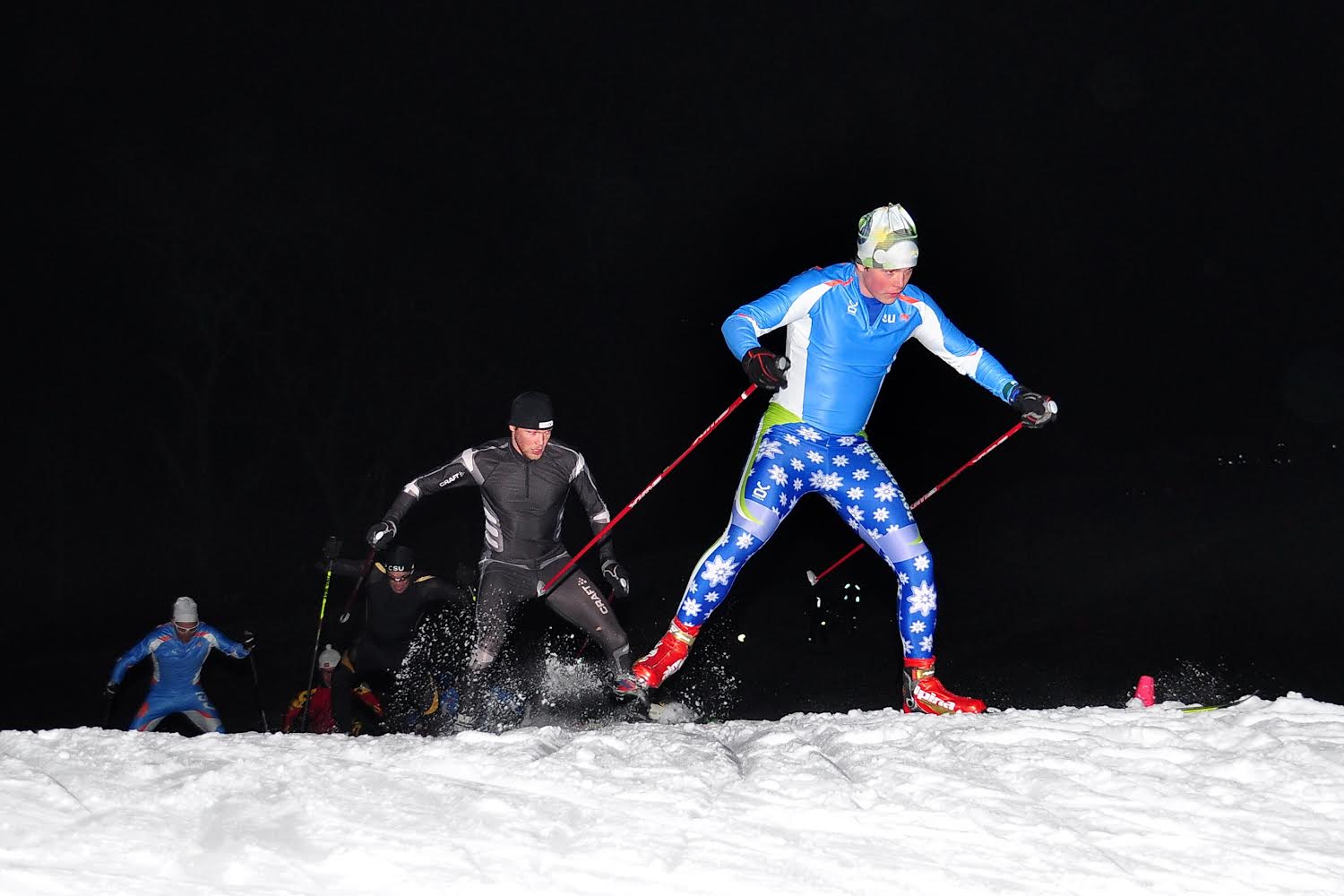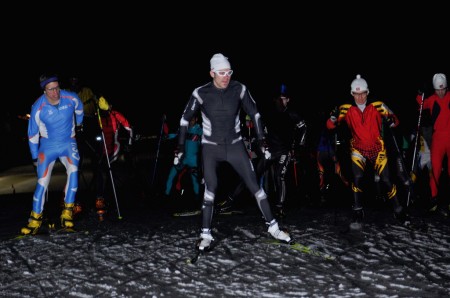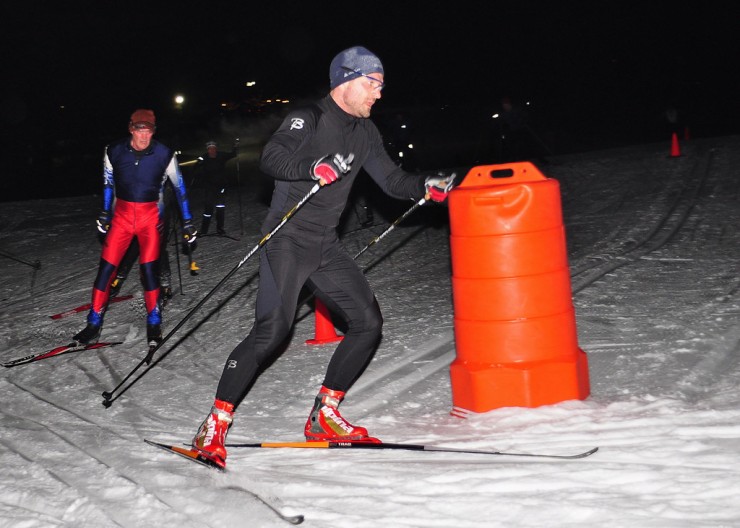
It’s a park with dual personalities.
Owned by Massachusetts’s Department of Conservation and Recreation (DCR), the Leo J. Martin in Weston, Mass., is a golf course during the summer and morphs into the Weston Ski Track when manmade snow flies.
Twelve miles outside Boston, Weston could be considered an unlikely area for a ski center. But with more rural, hilly ski centers at least 1 1/2 hours away by car, it’s a key resource for local skiers. Three million people live within a 30-minute drive of the park. Depending on the weather, between 25,000 and 35,000 skiers frequent Weston each year, and the area boasts 1,100 season-pass holders.
Weston sprang up as a winter expansion of founder Mike Farny’s first business, the Charles River Canoe Service. Larry Smith and Dave Jacques partnered with Farny to run a bike-and-ski shop in Lincoln, Mass., and developed Weston. In the mid 1980s, they assumed ownership of the canoe service and Weston Ski Track. Since then, Weston has become a go-to spot for city and suburban skiers in the Boston area.
With nature’s help, Smith can open 10 to 15 kilometers of trails groomed for both classic and freestyle. But so close to the Massachusetts’ coast, Weston depends on snowmaking, covering two to three kilometers of trails with manmade snow.
In just four months of the 2012/2013 season, Weston Ski Track recorded over 30,000 visits, close to 75 percent of the golf course’s traffic throughout the remainder of the year.
In just four months [between 2012/2013], Weston Ski Track recorded over 30,000 visits, close to 75 percent of the golf course’s traffic throughout the remainder of the year.
And Weston has helped to produce a number of junior-national champions, including Dartmouth’s Corey Stock. A member of the local Cambridge Sports Union (CSU) ski club, she trained extensively at Weston. Later, she earned starts in the 2012 Quebec World Cup and 2013 Junior World Championships in the Czech Republic.

Harvard University, Wellesley College and numerous local high schools also train at Weston. In addition, the Eastern MA Bill Koch Club and an adaptive program run by the New England Nordic Ski Association (NENSA) are held there.
But as Smith drove by the ski-area-turned-golf-course one day last summer, he saw that the snowmaking power lines had been taken down.
While making improvements to the driving range, the DCR inadvertently removed power lines and phone poles that supported Weston’s snowmaking and lighting for night skiing.
“It wasn’t a question of being malicious,” said Rob Bradlee, CSU’s head nordic coach. He suggested that the local ski community hadn’t adequately informed DCR about its needs.
“We’ve invested a lot in both snowmaking, lighting and grooming equipment,” Smith said. “We had gotten permission to do it initially, but that was many years ago, and [DCR] personnel change over time.
“I don’t know that the current management knows anything about the history [of the snowmaking improvements,” he added. “They were tasked with upgrading the golf course. … The hope is that everything will be better than it was.”
Last winter, Weston made do with a temporary solution for lighting and power, renting diesel-powered lights.
The DCR will install LED lighting around the driving range and some of the fairways for night use. The new lighting, Smith said, “will be better than what we have.”
The DCR could not be reached for comment.
“The ski community is stepping up and getting organized,” Bradlee added. “[And] looking to see how they can help DCR make the Leo J. Martin a better park.”
To that end, local skiers formed the Friends of Leo J. Martin Skiing (FOLJMS), which aims to publicize information about the metro-Boston ski scene. Their website shares articles on the success local skiers have had at the national and international level. They’ve applied for and are awaiting approval of non-profit status.
According to FOLJMS Assistant Director Elizabeth Wilcox, their aim is to “preserve and enhance cross-country skiing in the greater Boston area.”
With regard to Leo J. Martin, Wilcox explained that they’re endeavoring to get DCR to make golf-course improvements that would enhance, or at least not impede skiing.

And DCR has been listening. One of the main ski trails went behind a driving range down a short, steep hill. While upgrading the driving range, DCR changed the steep hill into a “precipitous drop” that made the trail unskiable.
“When we showed them, to DCR’s credit, they brought the contractor back and put in an incline to make it skiable again,” FOLJMS Director Chris Doyle said.
However, limiting the amount of skiing on fairways has been raised as a “point of discussion” by DCR. Although the ski trails avoid the golf tees and greens, “We’ve always skied on the fairways,” Doyle explained.
Due to the volume of skiers, he said it was important to ski the fairways of the four holes closest to the clubhouse, where artificial snow is made. On the other 14 holes, they try to stay off the fairway.
Trail designer and 1976 Olympic biathlete John Morton saw Weston’s potential early on. During his tenure as men’s ski coach at Dartmouth in the 1980s, numerous CSU alumni skied for Dartmouth. He said he “became more and more impressed” with CSU skiers, who competed well despite the “geographical disadvantage” of their location.
Last March, FOLJMS contacted Morton for input on how Weston might improve. Morton attended meetings with the DCR and FOLJMS.
“The DCR is now much more aware of [Weston’s] needs,” Morton said. “We’ve had a number of collaborative meetings about how to make Leo J. Martin more successful,” both in summer and winter.
Morton sees opportunities based on the success Weston has had to this point. With no nearby alternatives, Weston is crowded. He described an idea to create a beginner/novice area separate from more demanding trails. Additional trails on “humane terrain” would require lighting and snowmaking.
If a novice ski trail could be developed, that would open the way for creating longer, more technically demanding trails for advanced skiers.
“It’s a unique recreational facility for cross-country skiing,” Smith said. “[The DCR] should take credit for some of that, which would help them realize they need to work to continue to improve it.”
Peter Minde
Peter Minde is a FasterSkier contributor and personal trainer specializing in functional strength and corrective exercise. Whether skiing, trail running, or cycling, he’s always looking to see what’s at the top of the next hill. From the wilds of north N.J., he skis for Peru Nordic. On Twitter @PeteMinde or at www.oxygenfedsport.com.



